EAC to form a unified upper flight information region
In Summary: The East Africa Community is moving towards a unified upper flight information region (UFIR) project, with an aim of creating a single united bloc of upper airspace in the region. The sky bloc is planned to be above 24,000ft to improve safety and gain air traffic control efficiency and performance advantages.
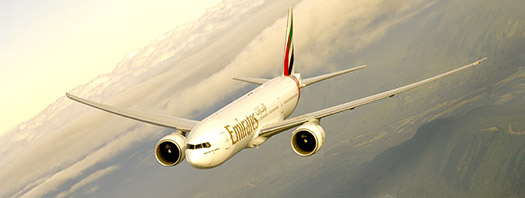
The EAC regional intergovernmental block, comprising of the Republics of Burundi, Kenya, Rwanda, the United Republic of Tanzania, and the Republic of Uganda, with its headquarters in Arusha, Tanzania, adopted the upper flight information region (UFIR) project in 2007, which aimed to create a single united bloc of upper airspace in the region, reports Hillary Muheebwa. The first phase of a feasibility study covering the Republics of Kenya, Uganda and Tanzania was completed in 2010.
The 2010 report had recommended additional proposals to conduct a detailed analysis of the sustainability of the lower airspace below 24,500ft and the inclusion of Rwanda and Burundi, which had just joined the EAC, into the study. Then, in 2014, a follow-up report was commissioned comprising, among other things, the roadmap towards the implementation of the UFIR. This was expected to be delivered as African Aerospace was going to press.
According to Philip Wambugu, EAC director of infrastructure: “The UFIR is the creation of a single bloc of airspace above 24,500ft to ensure efficient levels of safety and advantages in capacity, efficiency and performance in air traffic facilitation.” The present system is fragmented into states, he pointed out. The ‘single sky’ may have two main advantages, according to Wambugu. “The first is the treatment of all EAC regional aviation traffic as domestic travel for purposes of airport taxes.”
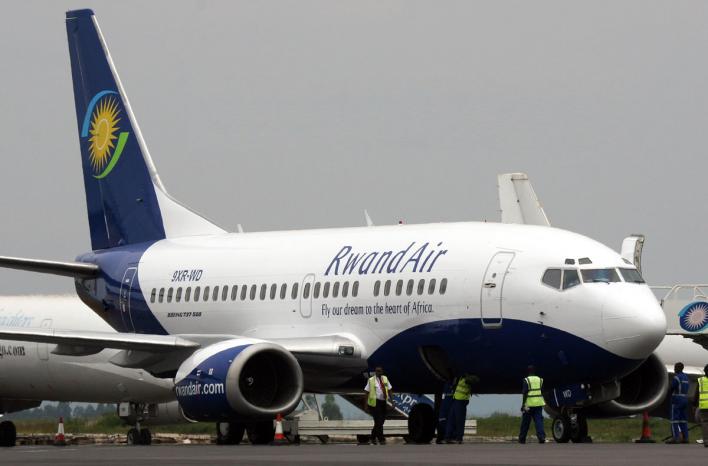
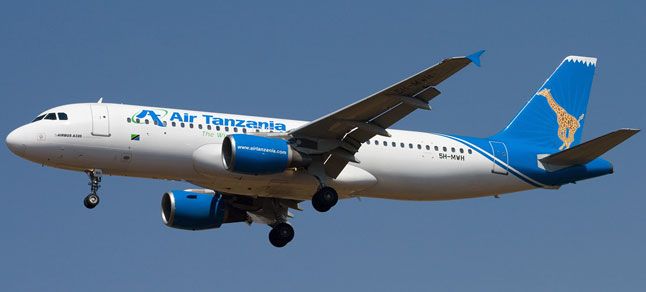
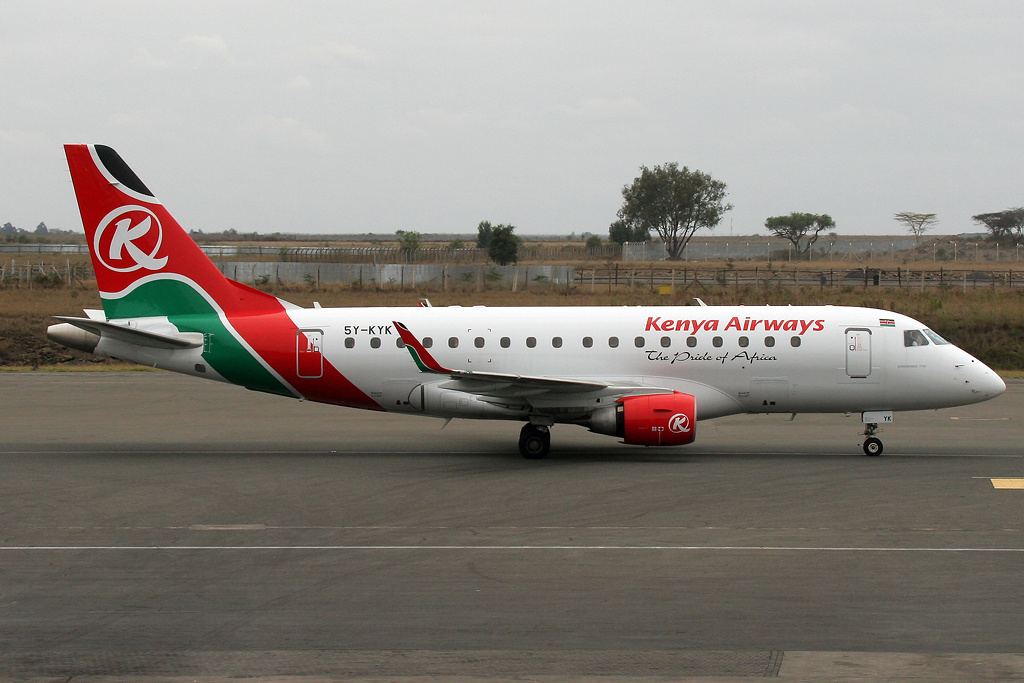
In most of the EAC countries, passenger travel attracts different airport fees, dependent on whether it is domestic or international travel. “In Kenya, for example, international travel attracts $40 per ticket, whereas domestic travelers pay around $58, explained Wambugu. “If EAC had a ‘single sky’ these fees would all be harmonised. “It would also anchor a fully fledged common market of the EAC by making it easier for regional traffic in matters of customs and immigration, among others.”
The study reports have been funded by the member states. Once adopted by the relevant EAC organs, the partner states, coordinated by the EAC secretariat, will begin the roadmap implementation phases. The aviation industry plays an important part in the EAC transport sector, given the challenges of large geographical distances in the region, coupled with inefficient and risky regional roads and railway networks. For international trade, the sector offers transport for tourists, horticultural produce and international merchandise of high value.
According to Wambugu, “Over the past five years, the region has maintained an average aviation market growth of 6%, compared to the global average of 5.8%.”
In order to fast track the establishment of a common airspace, the partner states will need to invest in interoperable systems to prepare for the establishment of a control centre. This, according to Wambugu, has resulted in serious challenges. “The partner states are currently at different levels in terms of improving their air navigation services, levels of efficiency and capacities, both in infrastructure and human resource,” he explained.
The other challenge involves the cost of transforming the current disaggregated control to a single centre control for the whole region. Technology interface is a further problem. The final challenge will be determining the location of the single control centre. The UFIR road map recognises the challenges and outlines responses. On the issue of technology, it urges states to implement the International Civil Aviation Organisation (ICAO) navigation guidelines, in order to enhance their systems interoperability.
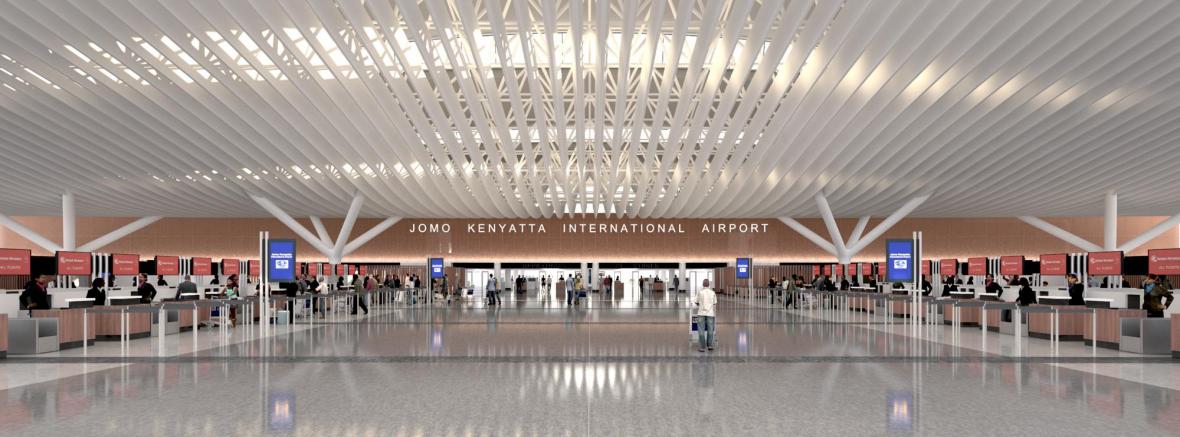
It also identifies the required financial outlays per state to realise the project and proposes the establishment of a technical working group, at director of air navigation level, to oversee the project. The secretariat will develop the draft template for the negotiations on the protocol establishing the location of the control centre. Different Africa Regional Economic Communities (RECs) are at different stages of creating unified air spaces and this will contribute to eventually having a unified airspace for Africa.
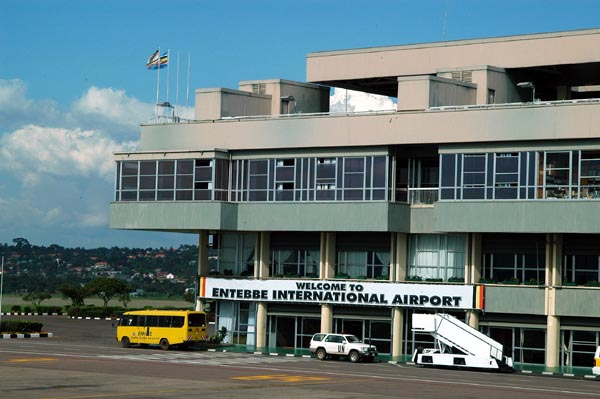
“A single sky for Africa may be a long-term achievement but interoperability and seamlessness between the different flight information regions in Africa can be achieved in the next 5-10 years and all African aviation stakeholders should focus on that,” added Wambugu. The EAC is collaborating with other Africa regions, especially the tripartite of EAC, Common Markets for Eastern and Southern Africa (COMESA) and Southern African Development Community (SADC), plus the Economic Community of West African States (ECOWAS), for the harmonisation of the on- going UFIR initiatives.
Source: Linkedin. Adopted from African Aerospace Online News Service.


